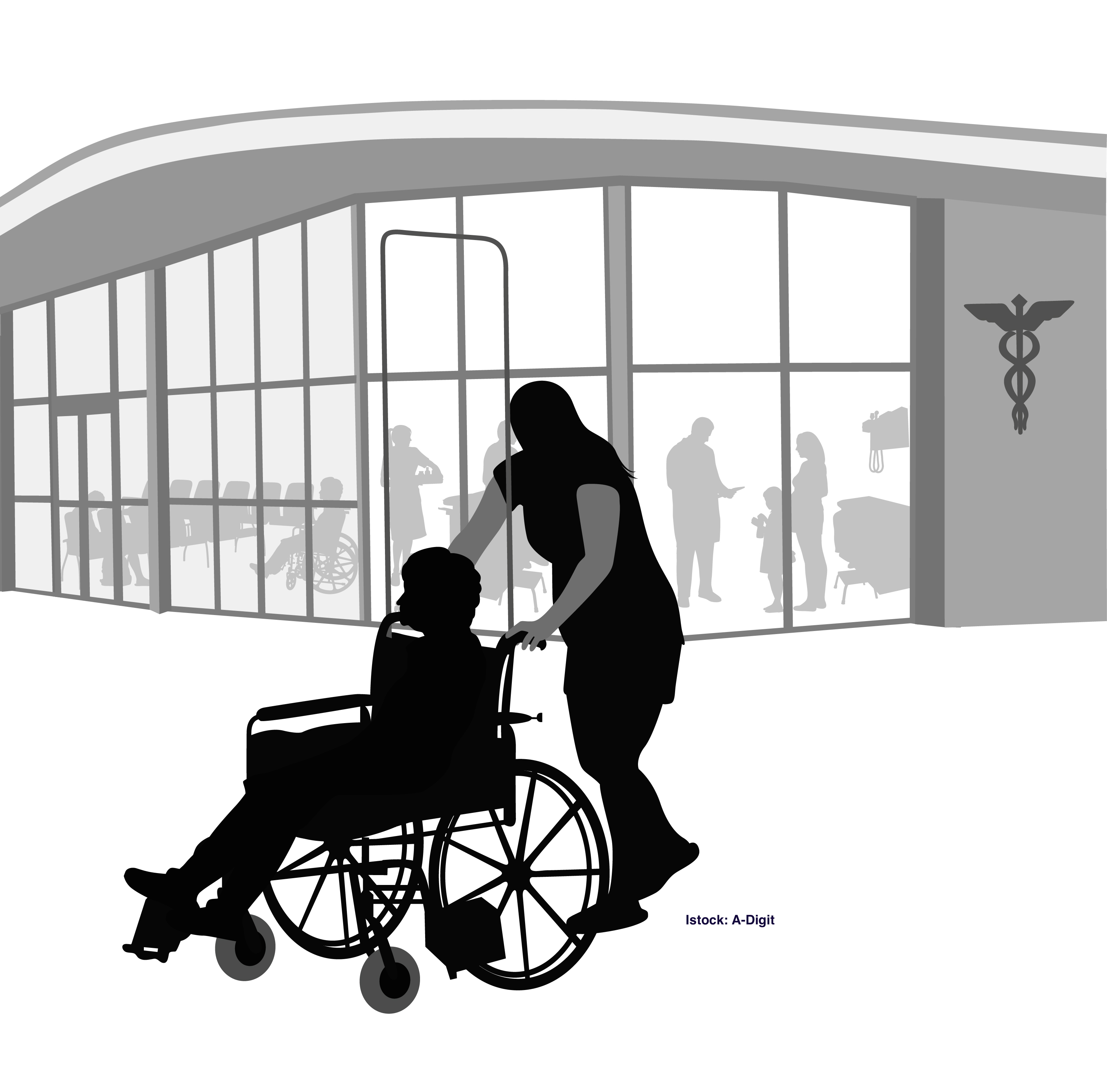AARP Hearing Center

No bath for a week. Dirty sheets. Residents smoking and visiting outside without masks or proper social distancing, despite coronavirus cases at the facility. The nursing home where Susan Penwell’s 86-year-old mother lived had a long list of problems.
“They’d say someone called off or there’s no one to get her dressed or we can’t watch everybody 24/7,” said Penwell, 63, of Boardman.
Before the pandemic, Penwell or one of her siblings visited and helped with their mother’s care every day. After her facility was locked down, they grew alarmed at their mother’s condition and removed her from the home.
Staffing is one of Ohio’s biggest weaknesses when it comes to controlling the spread of COVID-19 in nursing homes, said Latoya Peterson, associate state director for AARP Ohio.
More than a third of the state’s nursing homes have reported shortages in direct care workers—worse than the national average. The same goes for personal protective equipment (PPE).
This legislative season, AARP is urging the state to designate funding to ensure adequate staffing. Changes could include financial incentives, such as hazard pay, to better support workers during the pandemic.
Remaining challenges
Ohio can do better by tackling reported shortages and prioritizing testing for eldercare facilities, where the need is most critical, said Holly Holtzen, state director for AARP Ohio.
AARP also wants the state to develop contingency plans to respond to insufficient staffing and to inform residents and their families of these shortages.
Facilities struggle to recruit employees because of relatively low pay, the difficulty of the jobs, high turnover and increased COVID-19 exposure.
The state began allowing indoor visits again last October. However, visitation is more restricted in areas with higher COVID rates.
Without sufficient staffing, the homes struggle to meet safety guidelines like temperature checks and sanitizing surfaces.
AARP Ohio has urged the state to earmark funding to ensure access to at least a week’s worth of PPE supplies.
More frequent sharing of long-term care coronavirus data with the public could also help.
The Ohio Department of Health updates the number of resident and staff infections once a week by county and facility at coronavirus.ohio.gov. Daily updates would help the state address outbreaks more quickly, Peterson said.
Ursel McElroy, state Department of Aging director, said her agency, along with the Department of Health, constantly reviews how it shares Ohio’s coronavirus information through data dashboards, public health advisories and other outreach.
Facilities and their surrounding communities need continued monitoring, McElroy said.
Since Penwell checked her mother out of the nursing home in August, she shares caregiving with her sister, a retired nurse.
“It’s not ideal, but at least we can go to bed at night knowing that she’s being cared for,” Penwell said.
To become an AARP activist, sign up at aarp.org/getinvolved. Receive email action alerts on the issues you care about, as well as the latest legislative news.
Sarah Hollander is a writer living in Cleveland.
More on Long-Term Care































































